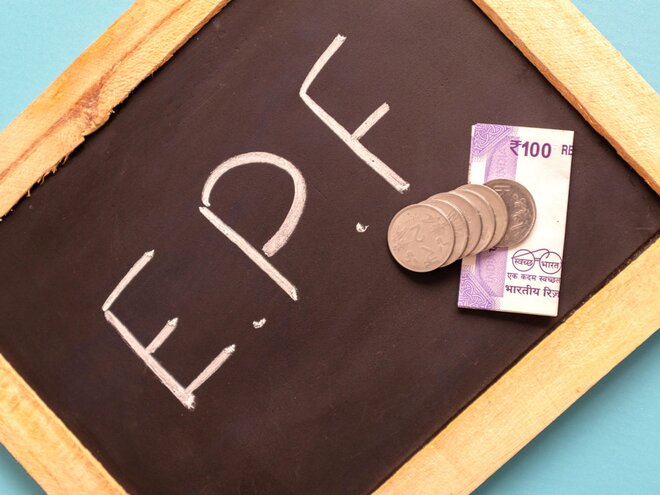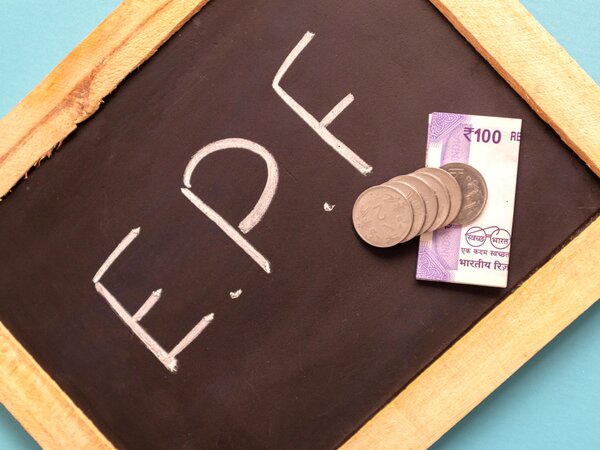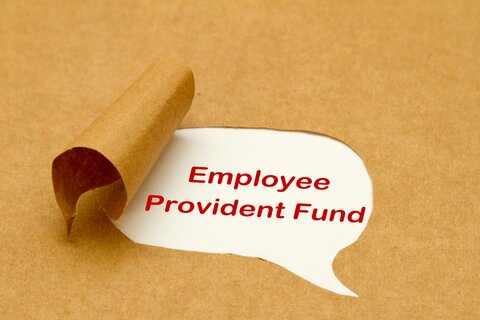
Over the years, the retirement fund body Employees' Provident Fund Organisation or EPFO has eased the process of employee provident fund (EPF) withdrawal. Now, subscribers can apply for EPF withdrawal online and the time taken for the money to be credited to their account has reduced considerably. In December 2018, the EPFO amended its rules to allow subscribers to withdraw up to 75% of the accumulated EPF corpus after one month of quitting a job. The subscriber can withdraw the remaining 25% after unemployment for more than two months.
But financial planners often advise against early withdrawal of the EPF corpus, which they say is meant for post-retirement years. The income tax laws have also been formulated to discourage early withdrawal. Here are 10 key points to keep in mind as you consider withdrawing your EPF.
Income tax on EPF withdrawal
1) EPF withdrawal is taxable if an employee does not render continuous services for a period of at least five years.
2) In case of a job switch, if EPF is transferred to another employer, the new employer's period of employment is also included when calculating the continuous period.
3) If the total period of service is less than five years, accumulated EPF balance withdrawn becomes taxable in the financial year of withdrawal.
4) It is to be noted that there are four parts to any EPF contribution – employee contribution, employer contribution, and the interest earned on both the employer and employee contributions.
5) In case the period of continuous service is less than five years, then the employer's contribution to EPF as well as the interest earned on it is taxable under the head ‘salary’ in the subscriber's income tax return.
6) The subscriber's own contribution is not taxable. But if the subscriber had claimed a deduction under Section 80C on his contribution in earlier years, it becomes taxable under salary. Here, it is to be noted that the EPFO subscriber's own contribution towards EPF is eligible for deduction under Section 80C of the Income Tax Act.
7) In case of withdrawal before five years, the interest earned on the subscriber’s contribution to EPF is taxed under ‘income from other sources'.
8) On withdrawal before five years of continuous service, TDS will be levied at 10%.
9) But in a few cases, such as if the amount is less than Rs 50,000 or the employer is closing down the business, TDS is not levied.
10) If the amount is more than Rs 50,000, and the period of service is less than five years, the subscriber can submit Form 15G/15H to avoid TDS in cases where the income for that year is below the taxable limit. Form 15H is for senior citizens (60 years and above) and Form 15G is for individuals having no taxable income.
While it is good to bear in mind the income tax laws that pertain to the early withdrawal of EPF, it still can at times make sense to withdraw your provident fund, especially in cases where you have completed five continuous years of employment, and are now unemployed.
ALSO READ
Where should I invest my EPF money for 15 years?
Dhirendra Kumar shares why it might be a good idea to withdraw your EPF money after a job loss.







